Text
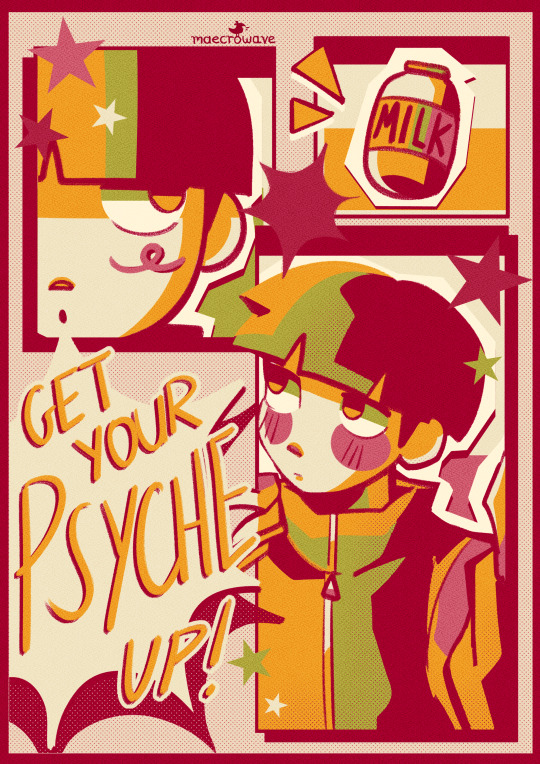
get ready, wake your psyche up, mob ⭐‼️
717 notes
·
View notes
Text

I haven't slept for 27 hours... oooooohh kouao goodmorning hehe
180 notes
·
View notes
Text
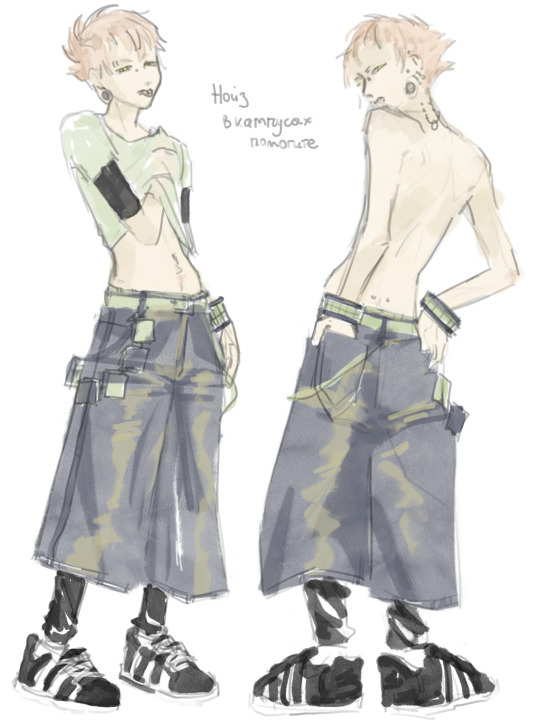
324 notes
·
View notes
Text

OSIDVOSVDIHJKSDVOHIVSD
182 notes
·
View notes
Text
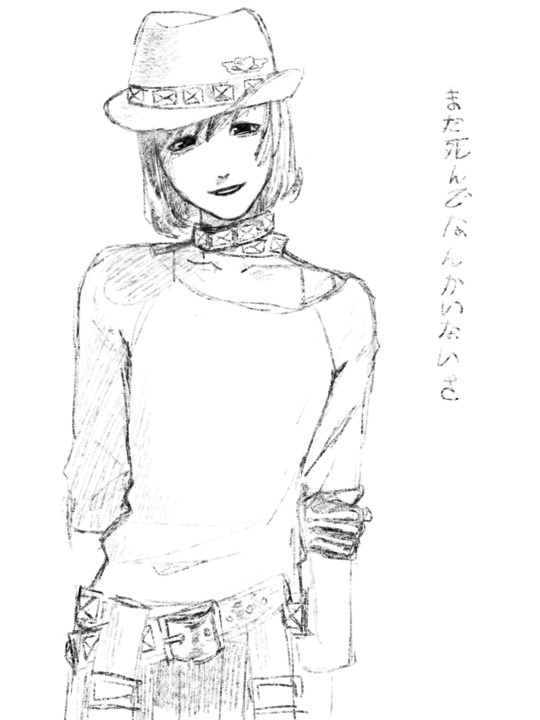
130 notes
·
View notes
Text

aoba if he was a blind nerd (just like me frfr)
179 notes
·
View notes
Text
wheres that asexual nicki minaj moodboard i need that shit soooo badddd
1 note
·
View note
Text

i hate this but here
609 notes
·
View notes
Text
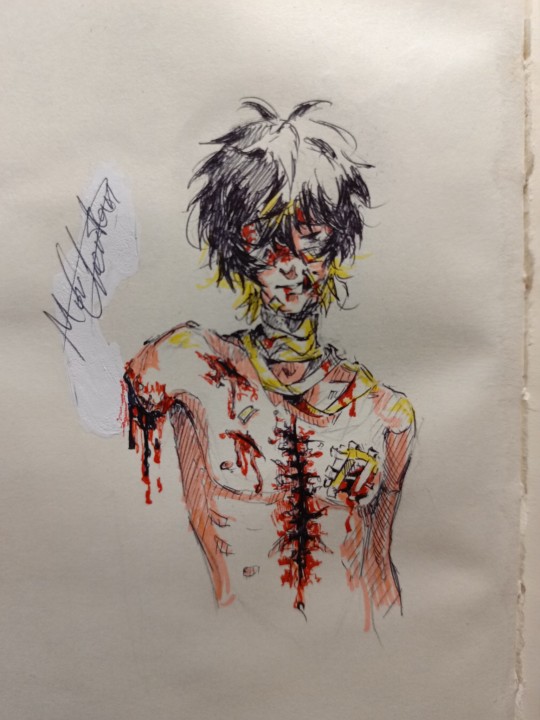
115 notes
·
View notes
Text


#dmmd#koujaku#aoba seragaki#mizuki dmmd#i remember being SO mad finding out Mizuki wasnt romanceable
967 notes
·
View notes
Text
that, japanese earpicking thing but with koujaku and aoba
1 note
·
View note
Text







world need more noijaku doodles and im posting it right now
306 notes
·
View notes
Text
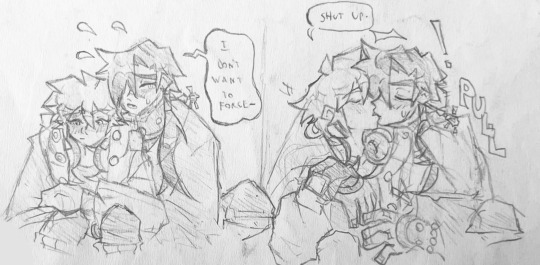
TW‼️‼️ kinda old art
but yeah, this scene from the stageplay was gayer than say gex
163 notes
·
View notes
Text

behold. the dick joke i spent a whole evening on
839 notes
·
View notes


